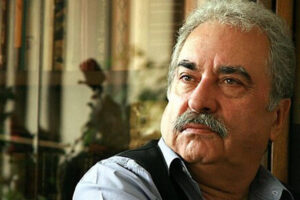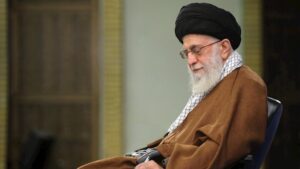The museum narrates parts of Iran’s history — a history told through coins. Among its most remarkable features is the display of the first Iranian coins, minted during the Achaemenid Empire under the rule of Darius the Great. These coins symbolize the intelligence and power of Iranians in that era. Coins minted by satraps and subordinate rulers, featuring motifs such as chariots, ships, and other artistic designs, are also exhibited.
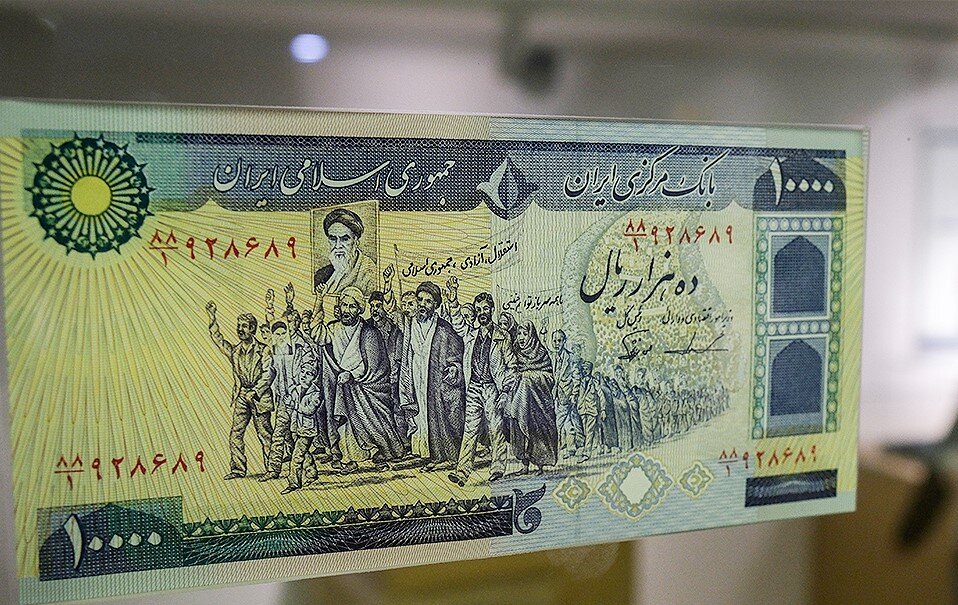
Coins from the time of Alexander the Great, the Seleucids, the Parthians, the Seljuks, and other dynasties are on display, reflecting the rich artistic and historical legacy of ancient Iran.
A section of the museum is devoted to the Islamic period, featuring coins from the Abbasid, Ghaznavid, Umayyad, and Seljuk dynasties. These exhibits reflect the arrival and spread of Islam in Iran. In this section, the art of calligraphy used in coin design is prominently featured.
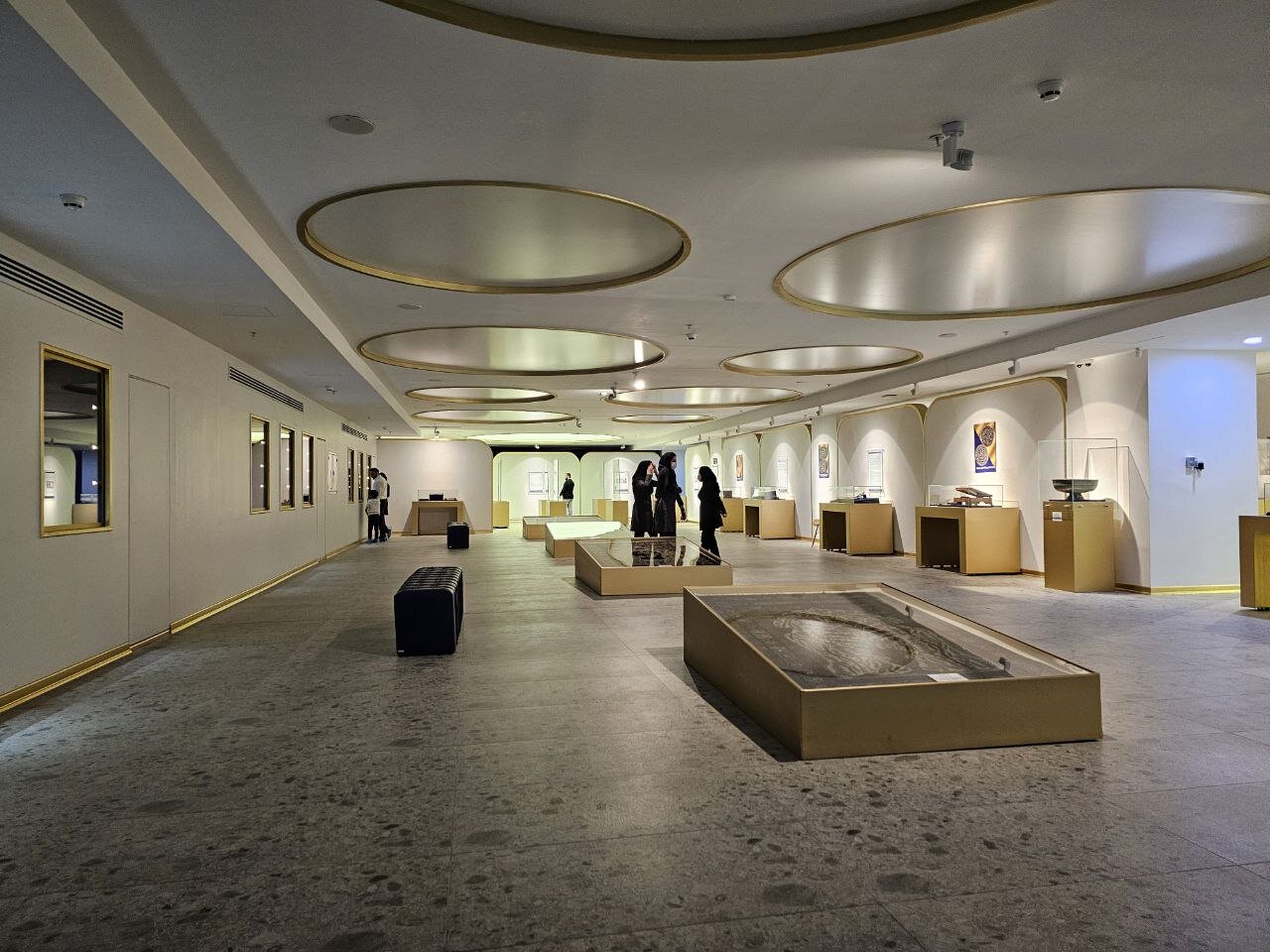
The museum also displays a wide range of banknotes, from the first Iranian ones issued during the reign of Naser al-Din Shah of the Qajar dynasty to contemporary bills. These banknotes are part of the collective memory of the Iranian people.
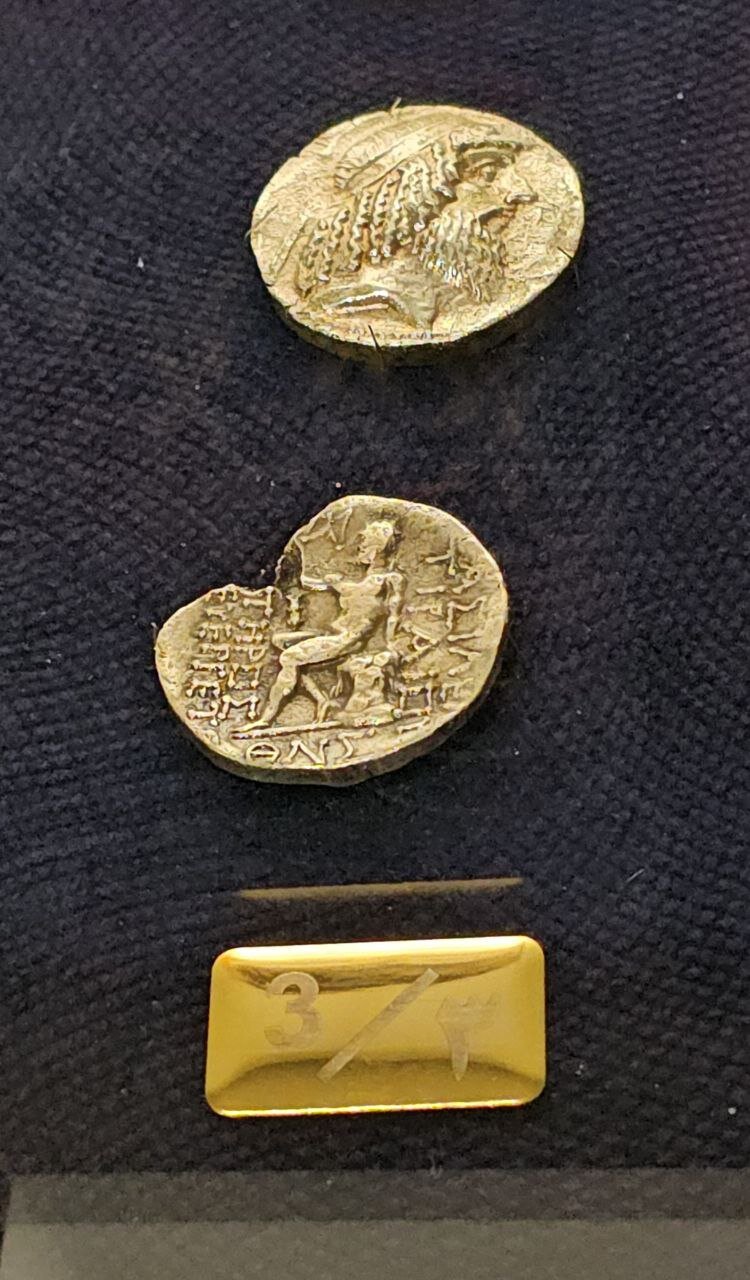
Another section is dedicated to the global history of banknote printing. The Chinese were among the first to use paper currency similar to modern banknotes, known as Chao. According to historical records, the earliest form of non-paper banknote or credit money in Iran appeared about 2,400 years ago during the reign of Ardeshir III of the Achaemenid era. This credit money, called Shahakan (or Shahagan), consisted of pieces of leather embossed with the king’s special seal. It functioned much like modern banknotes, replacing gold and silver coins in some transactions.
The museum also highlights the first modern banknotes printed in Stockholm, which are preserved at the bank’s museum.

